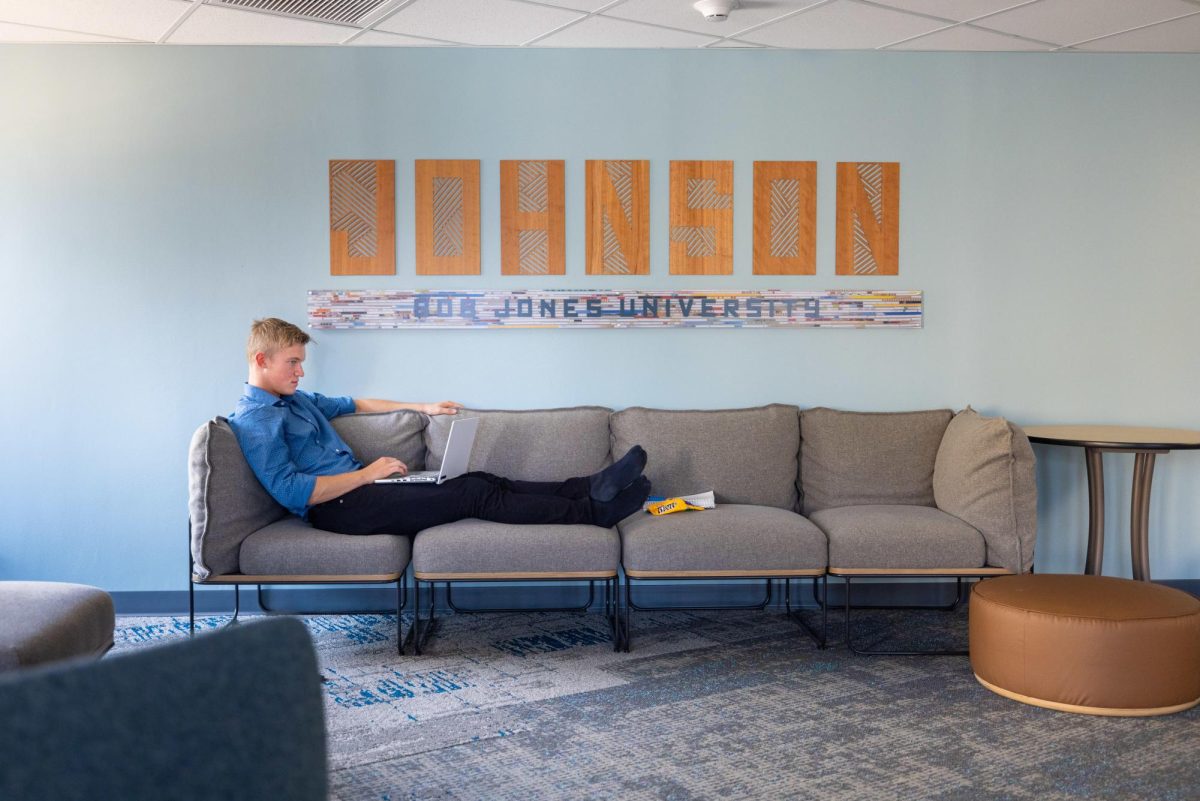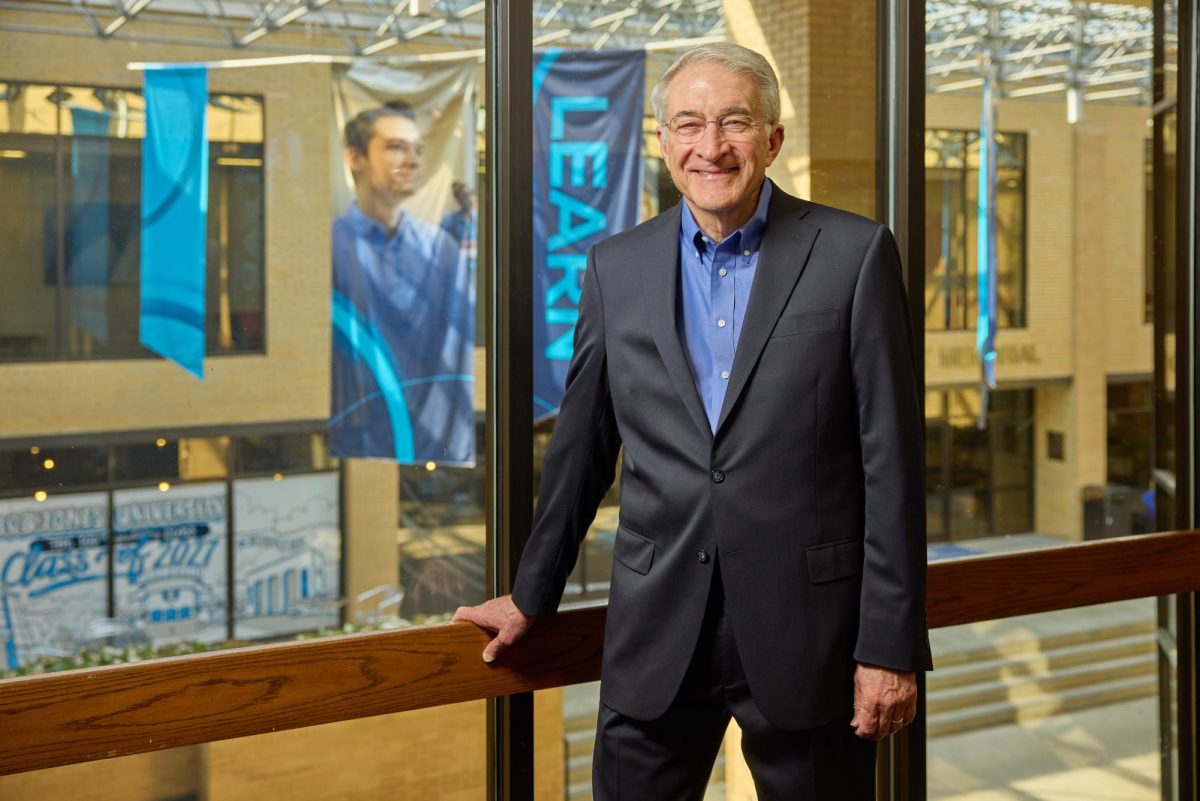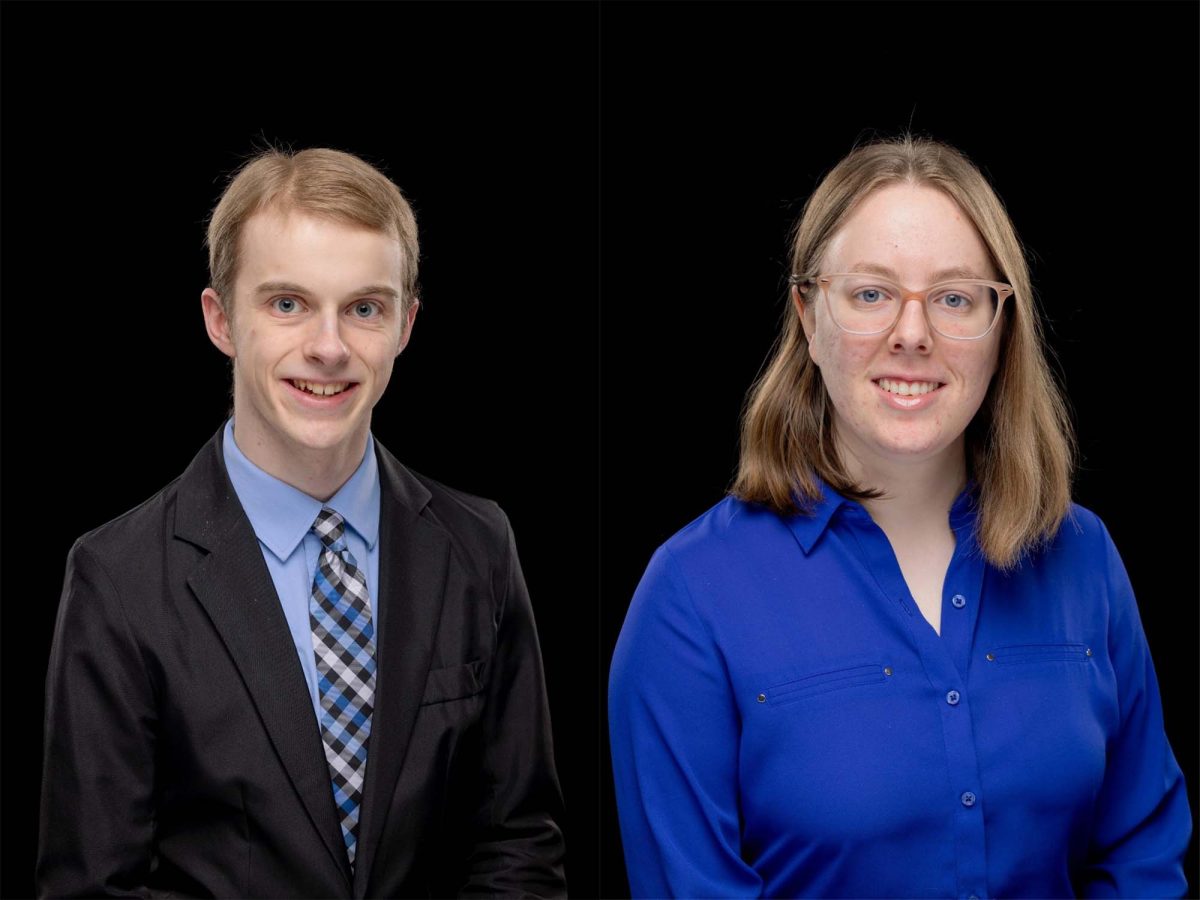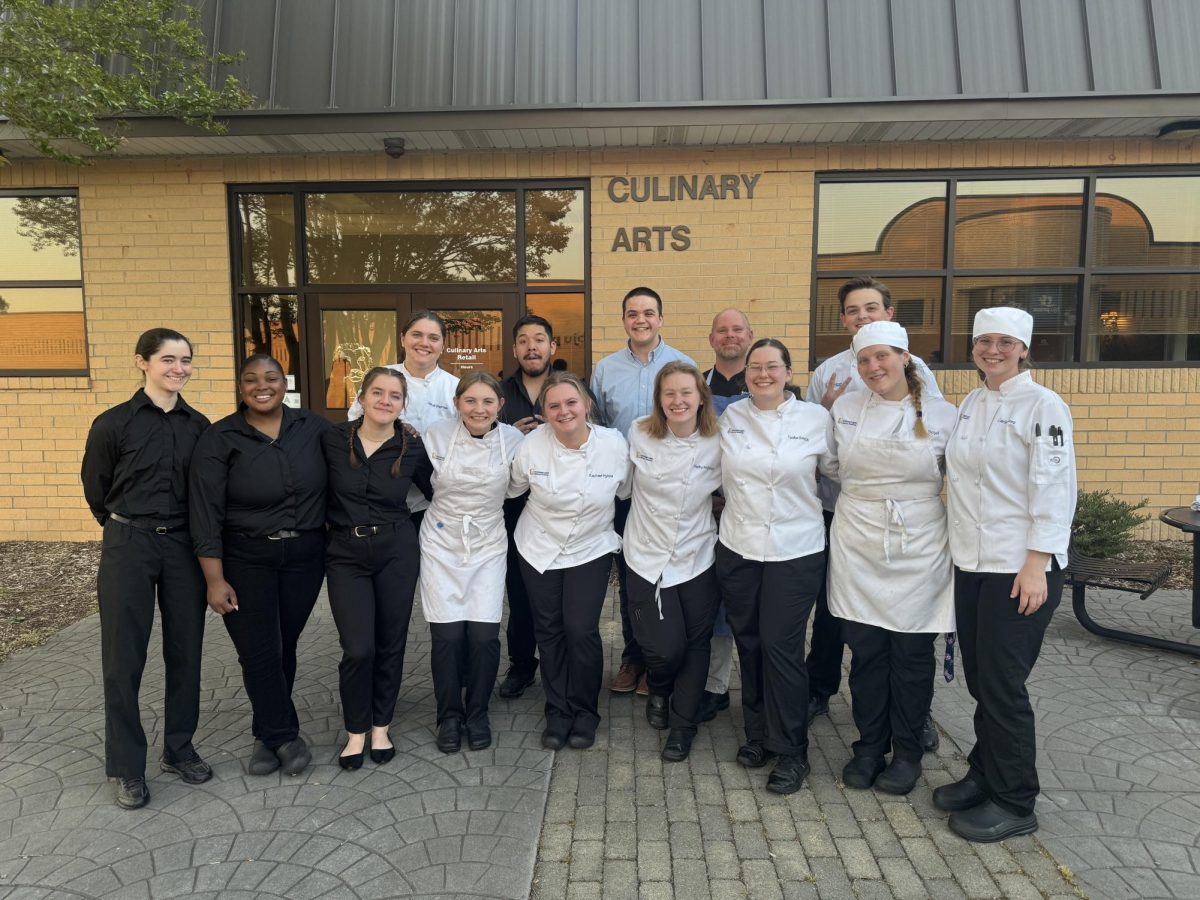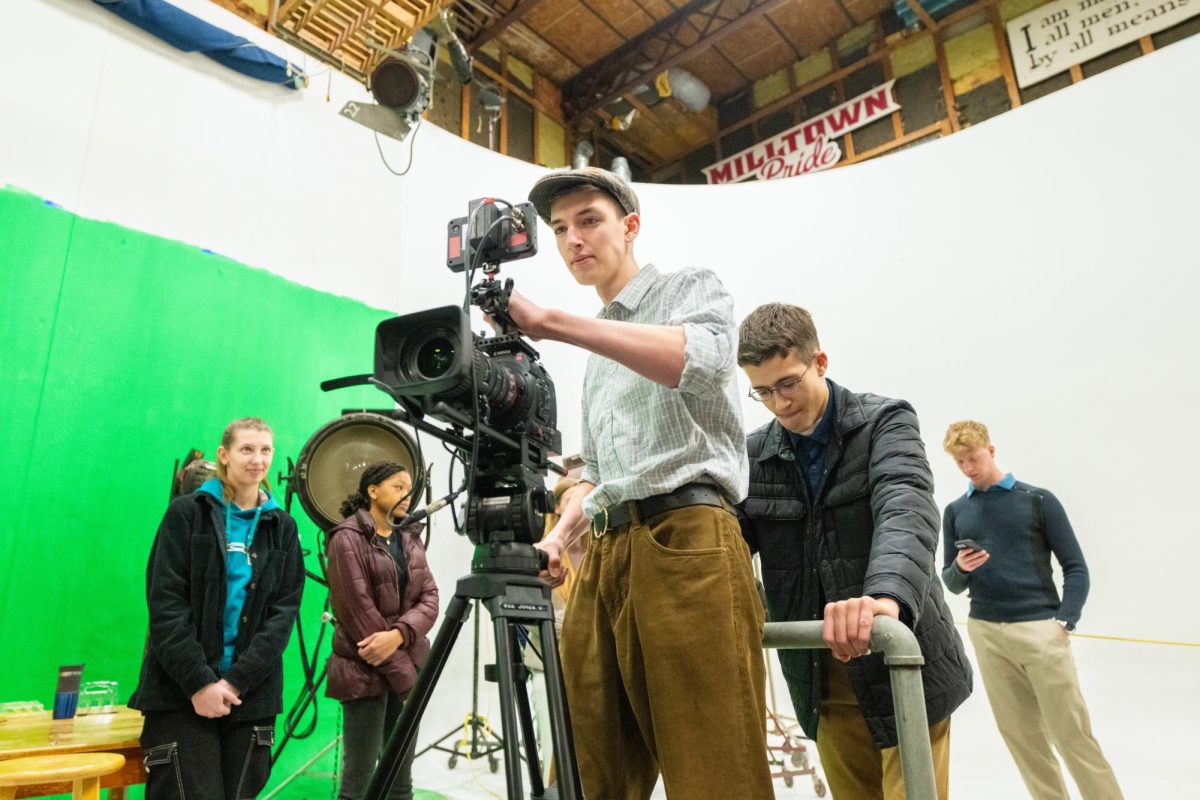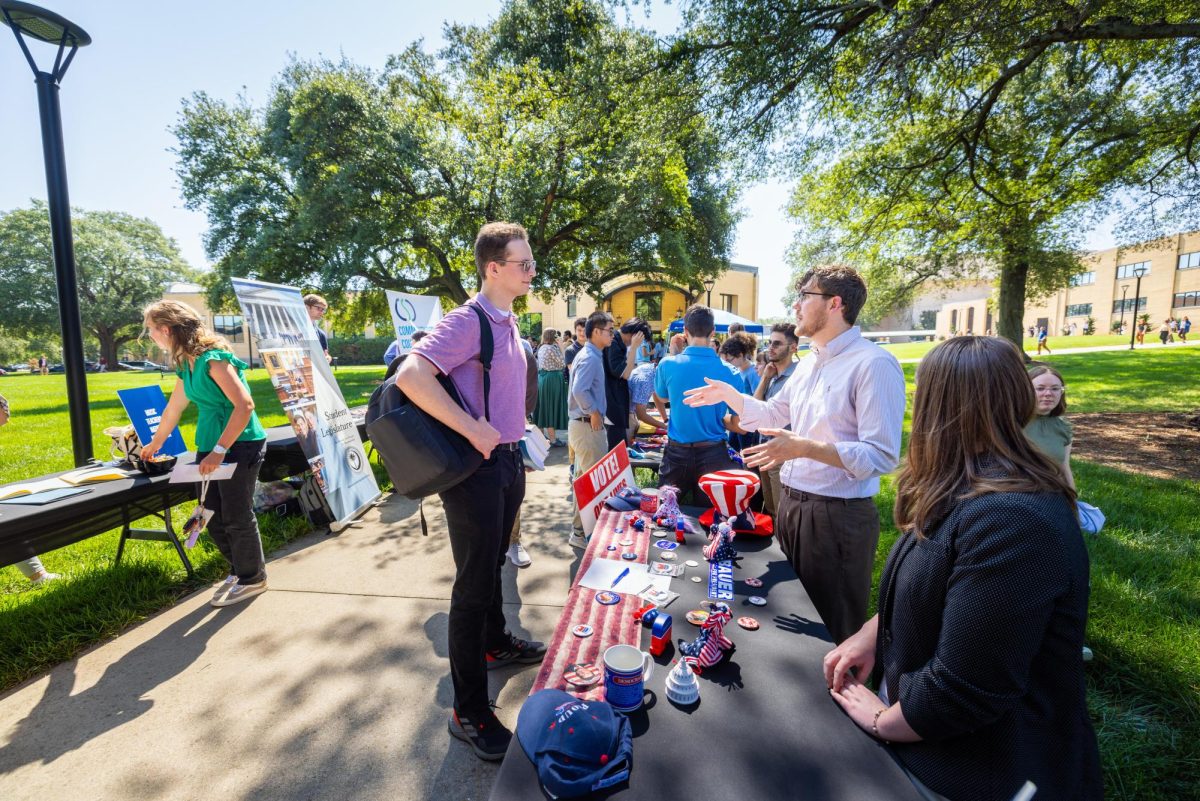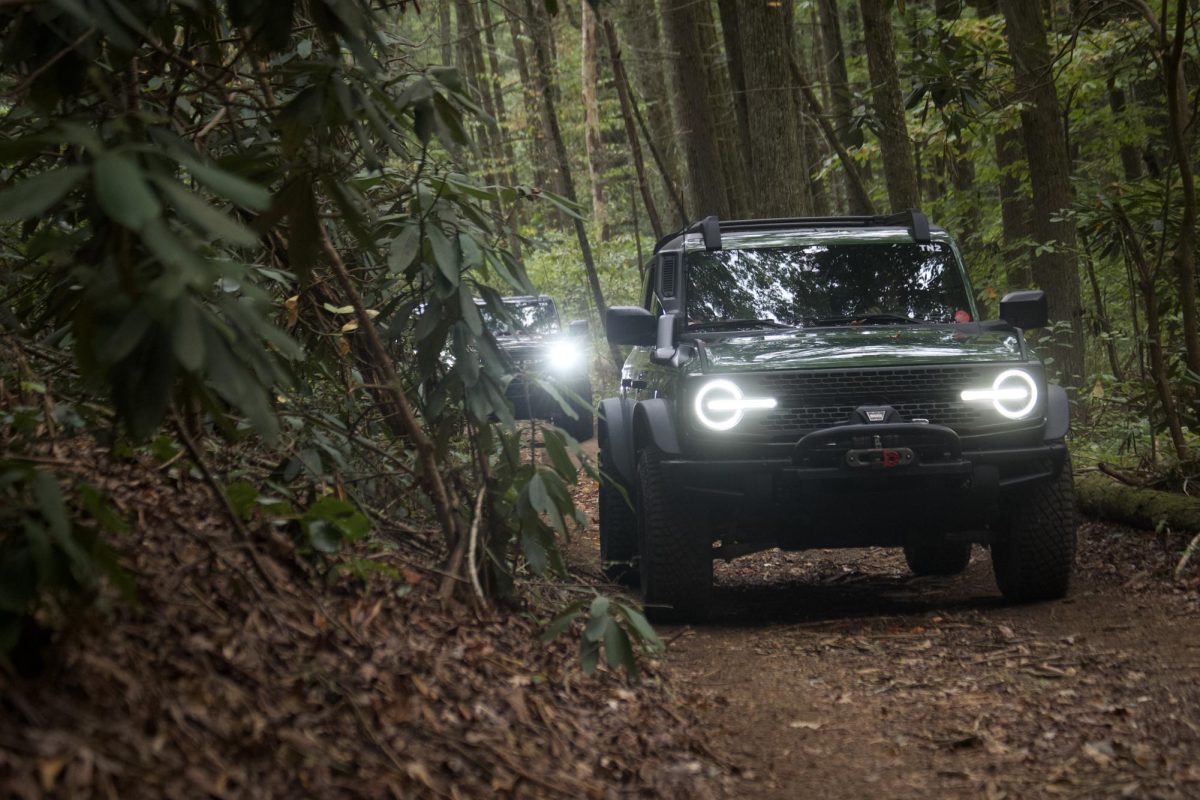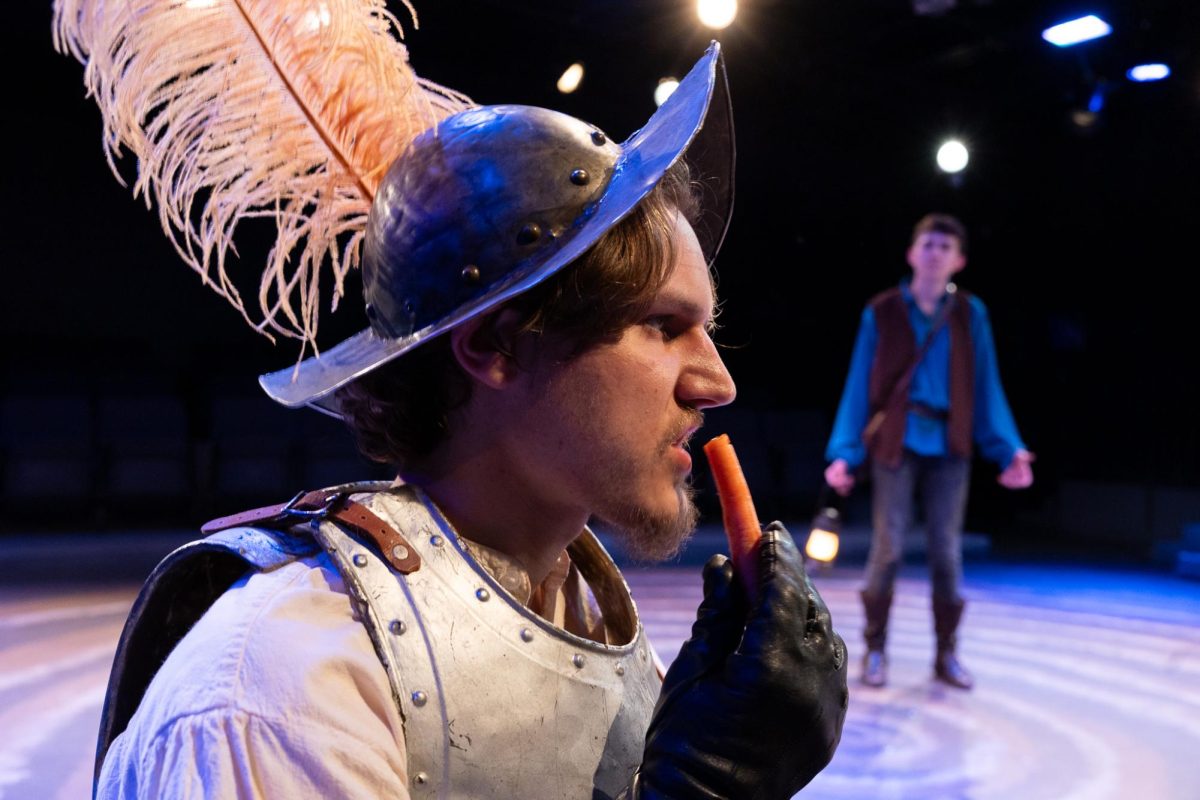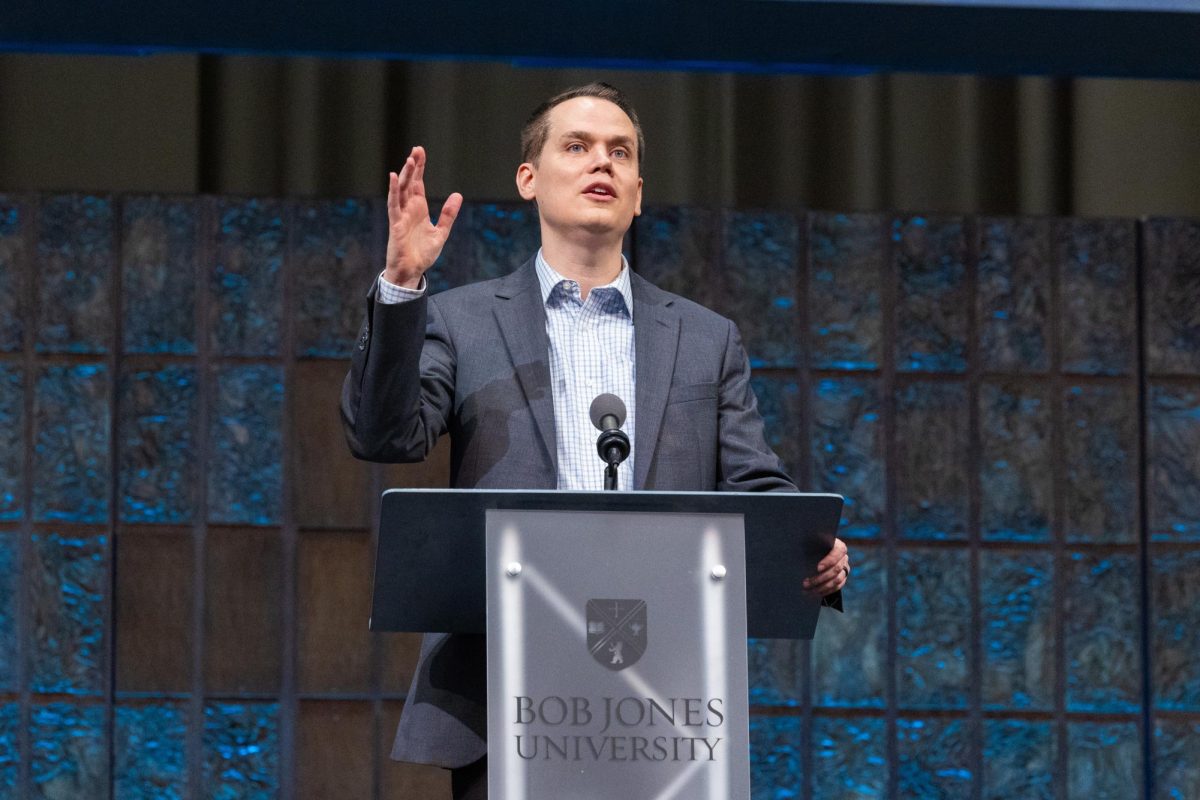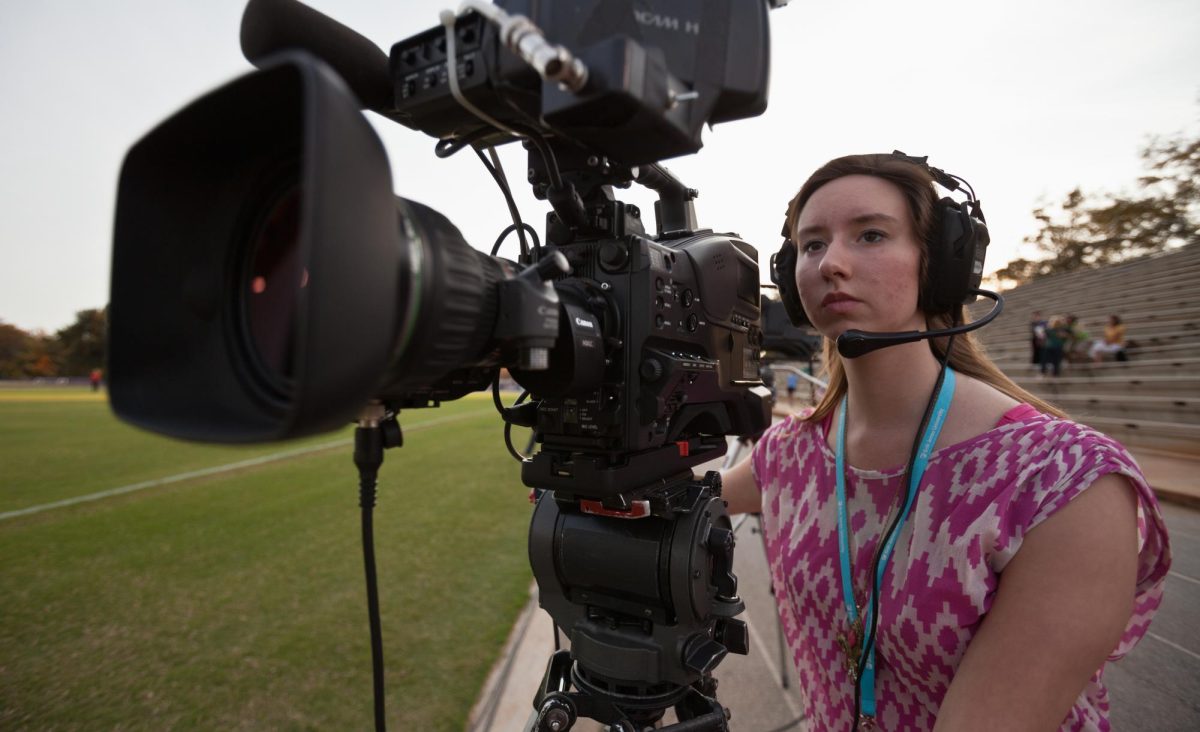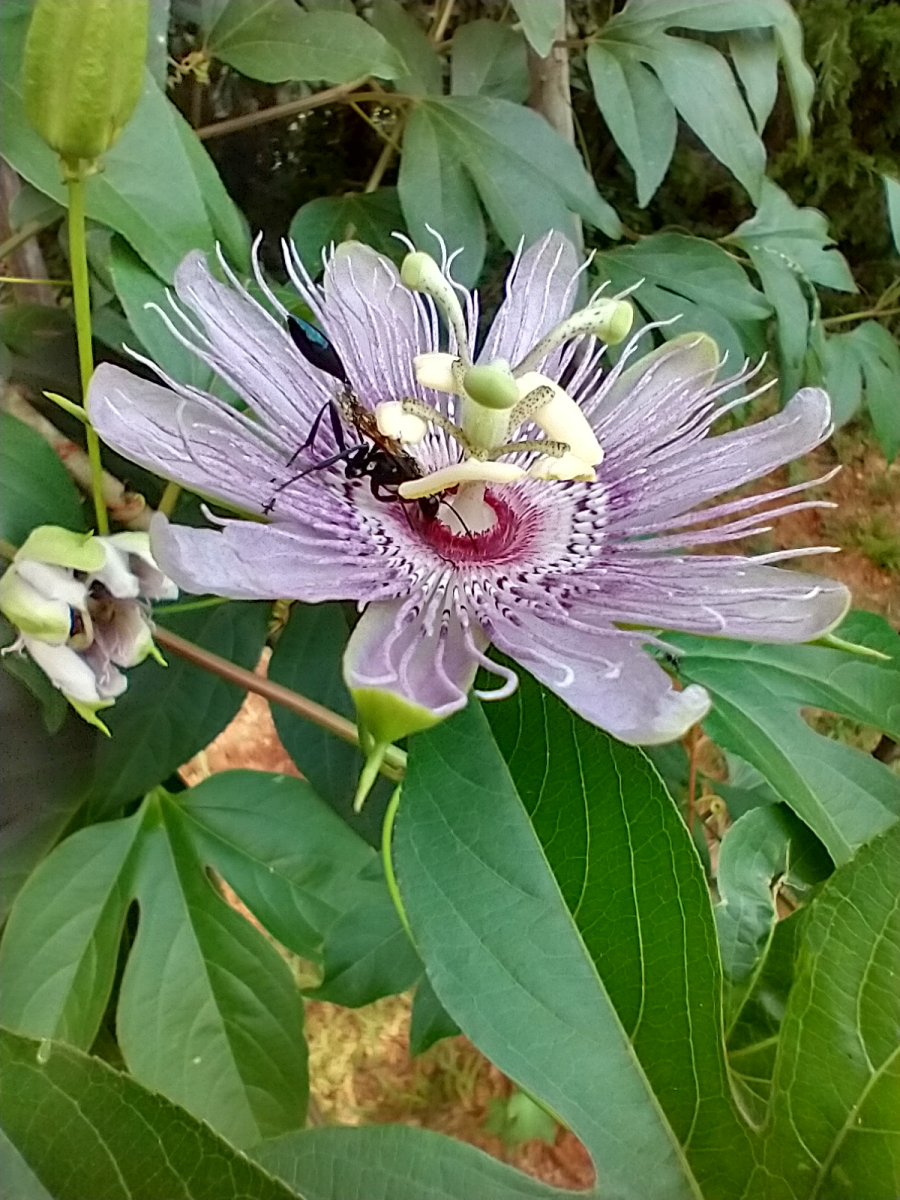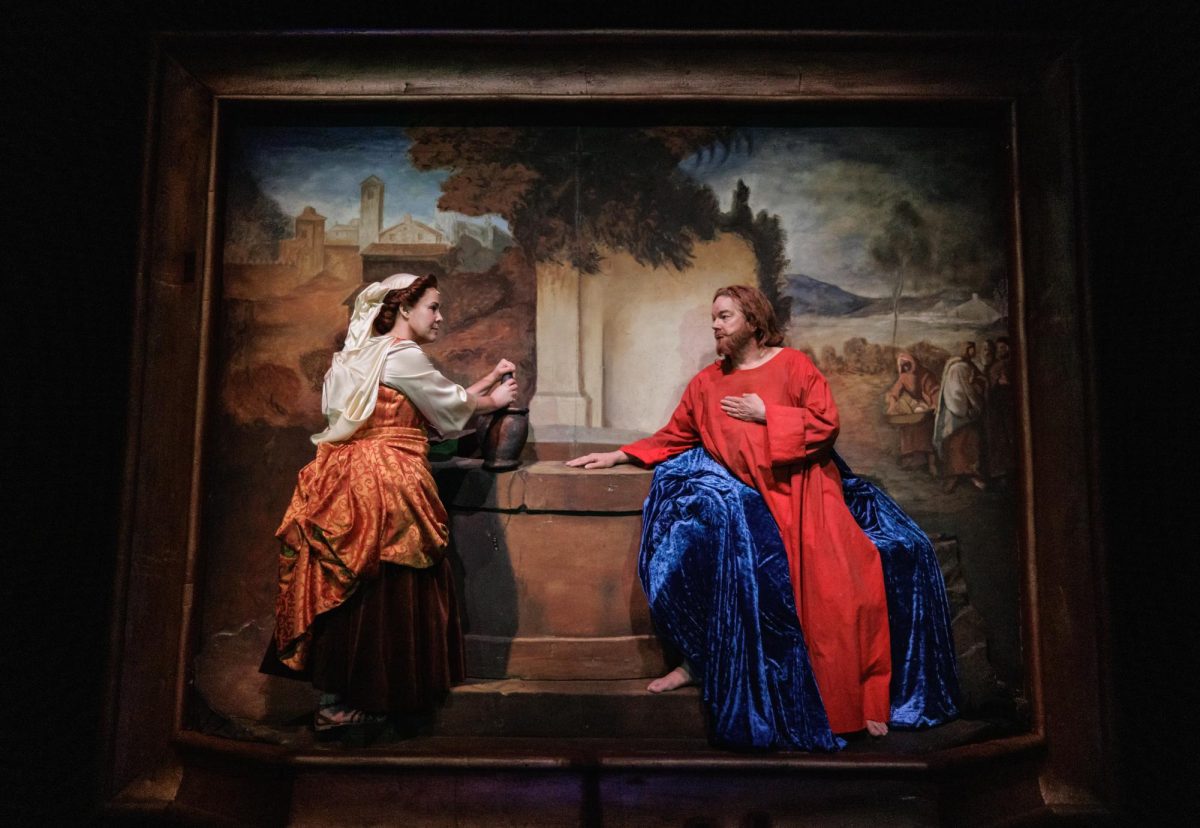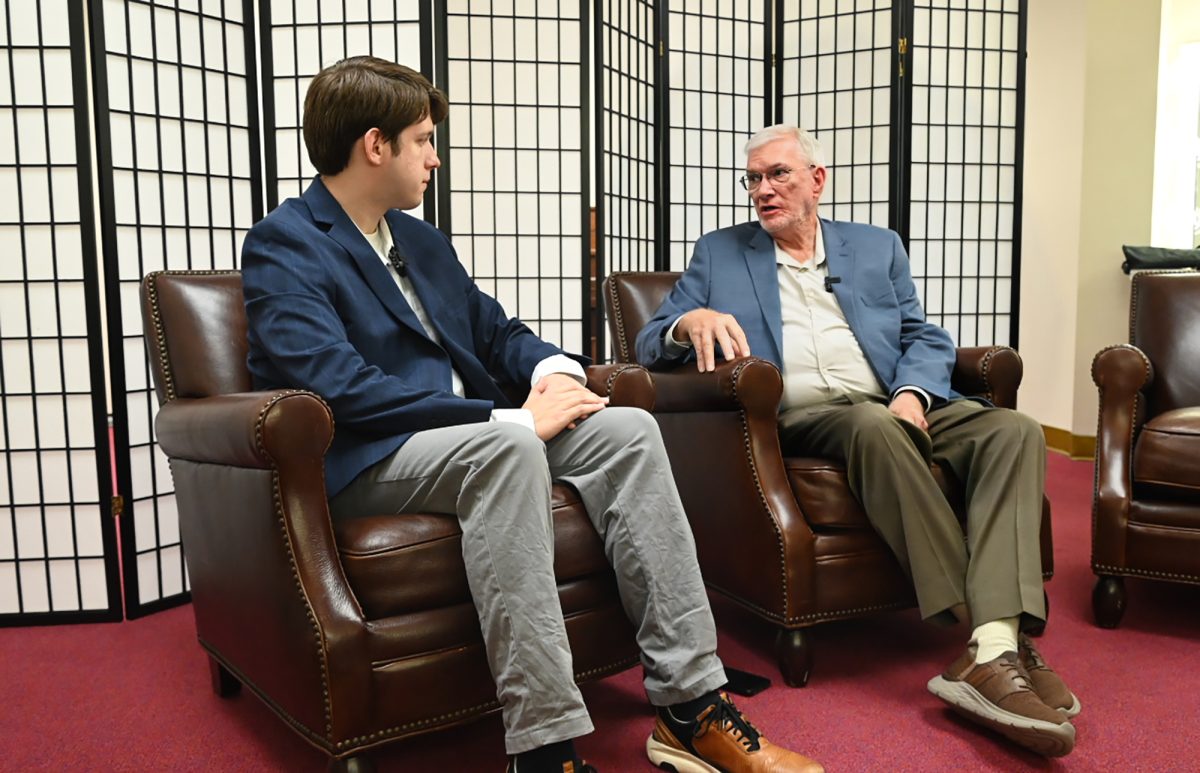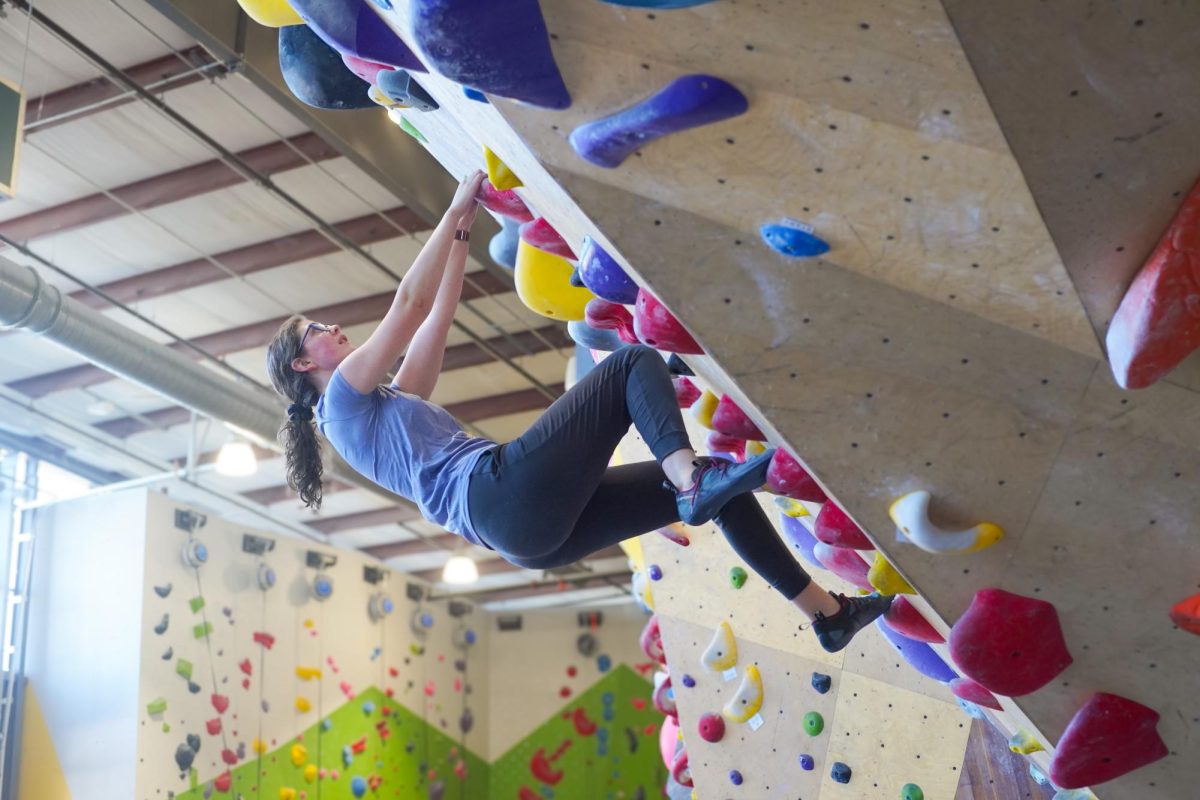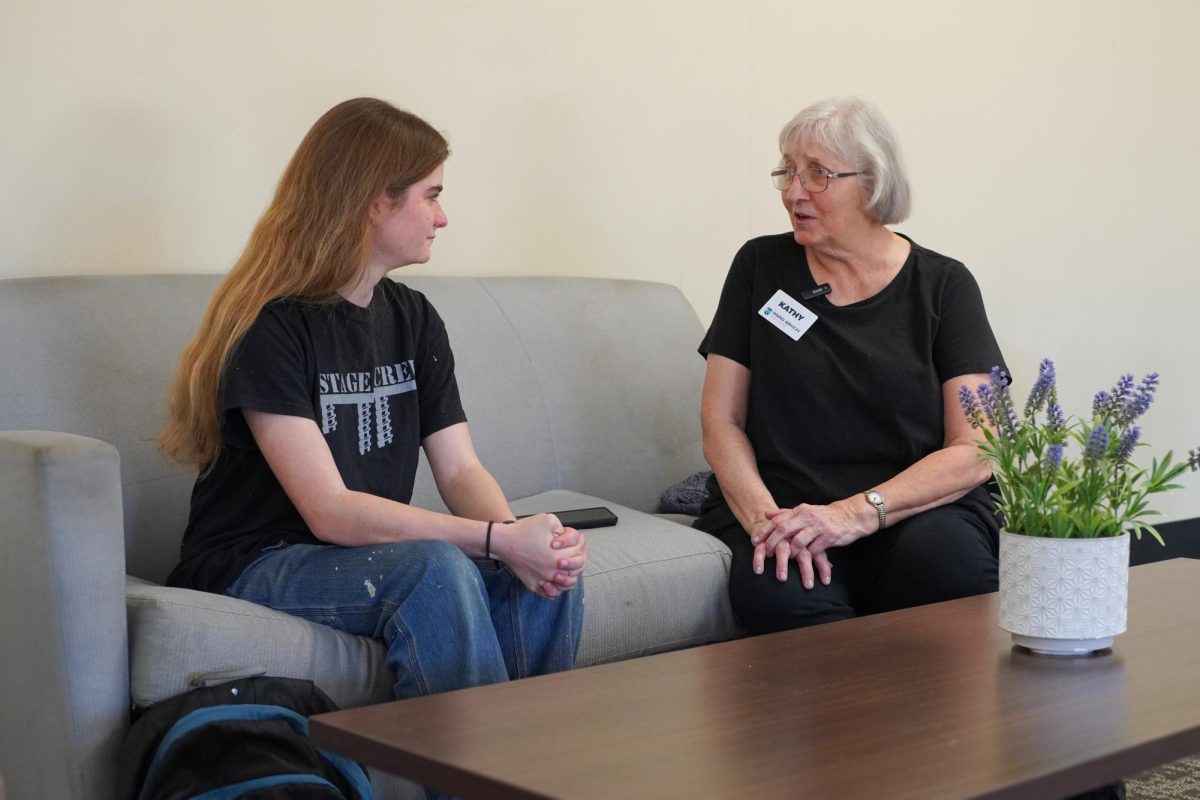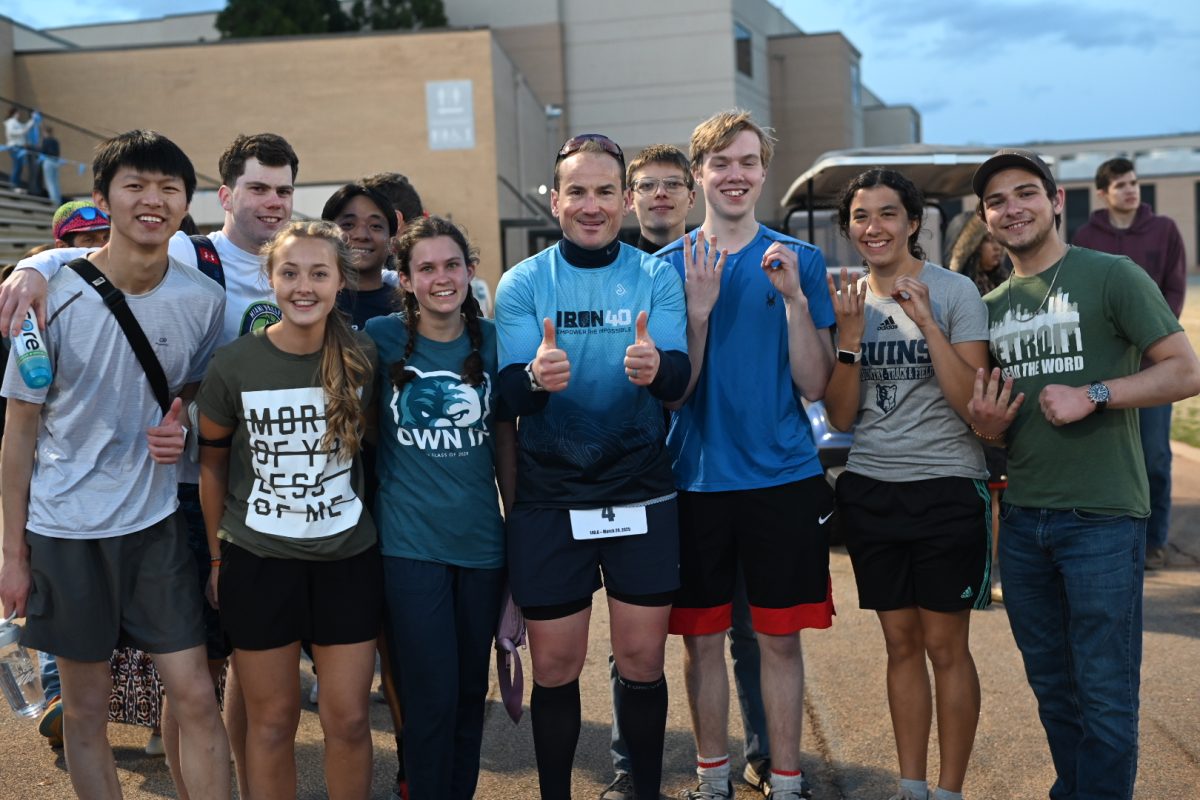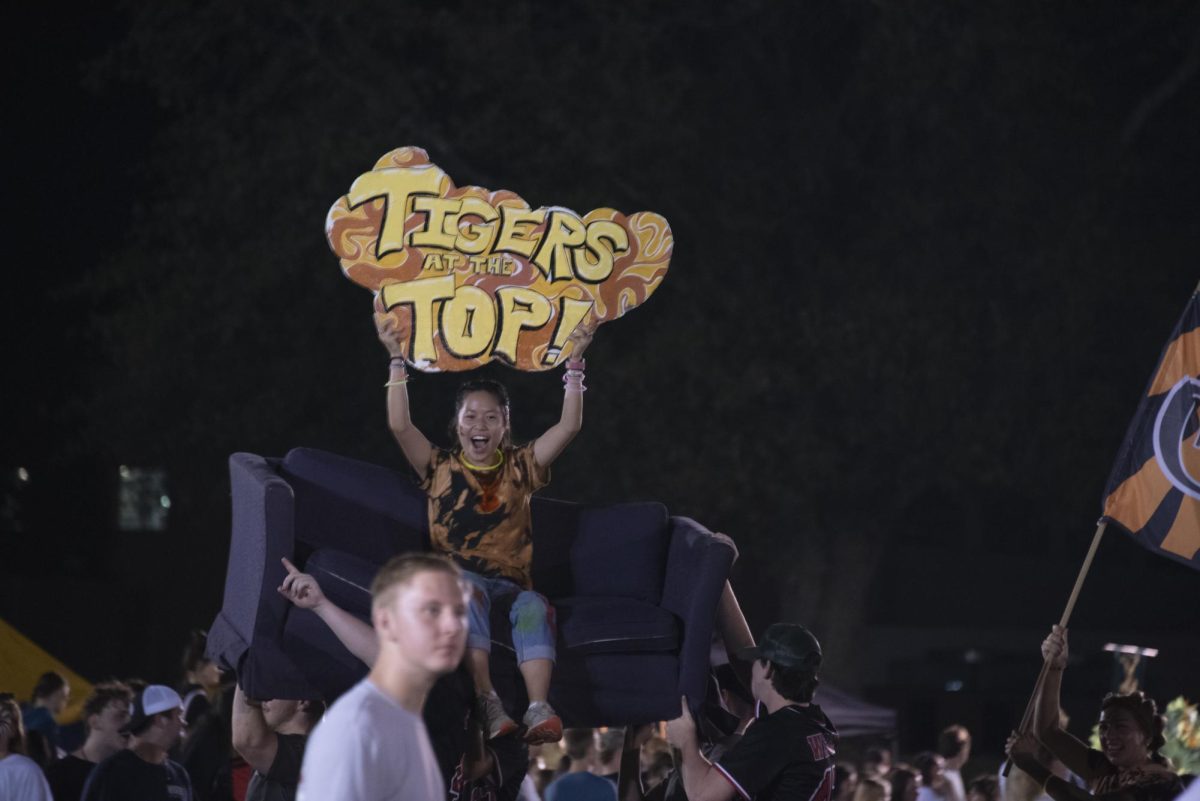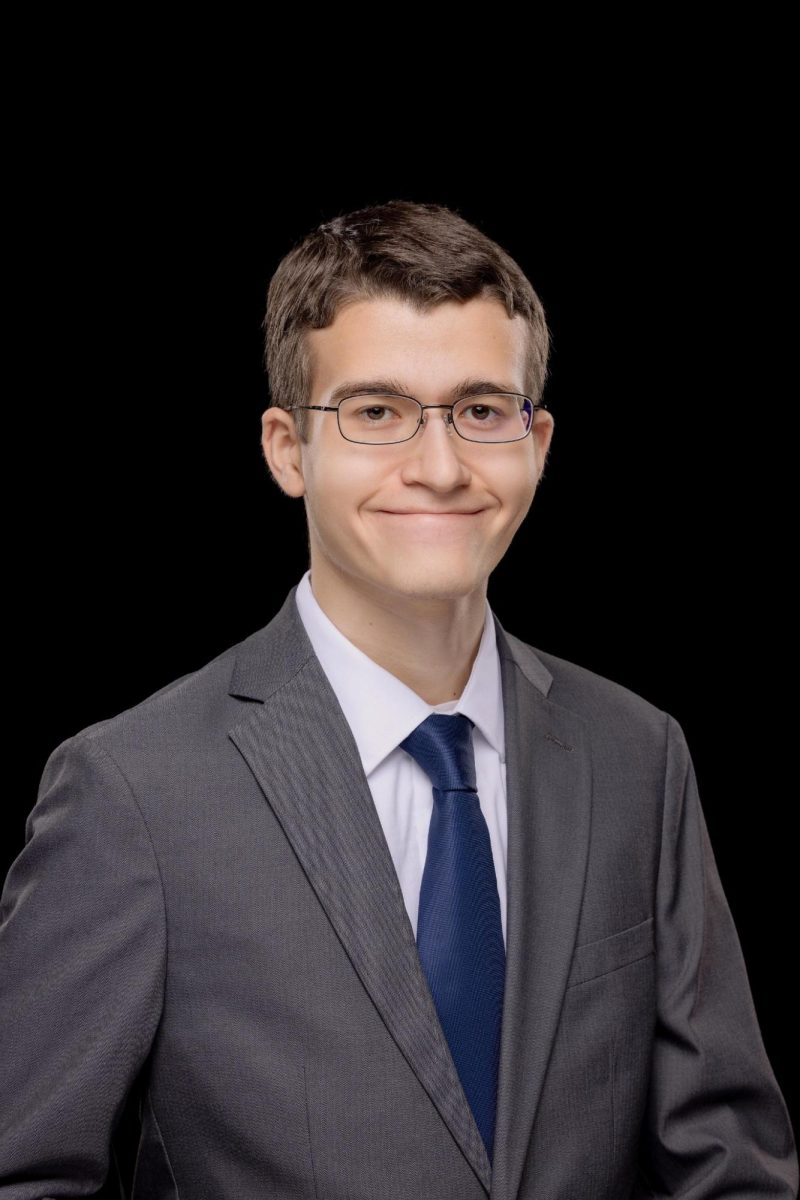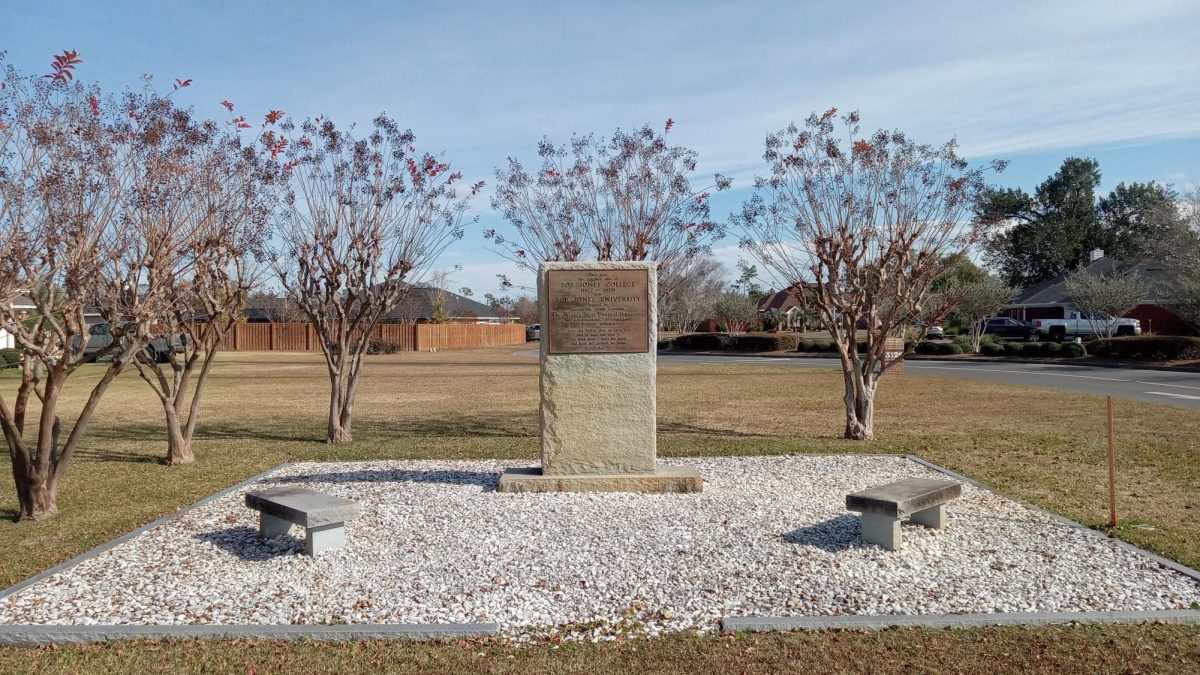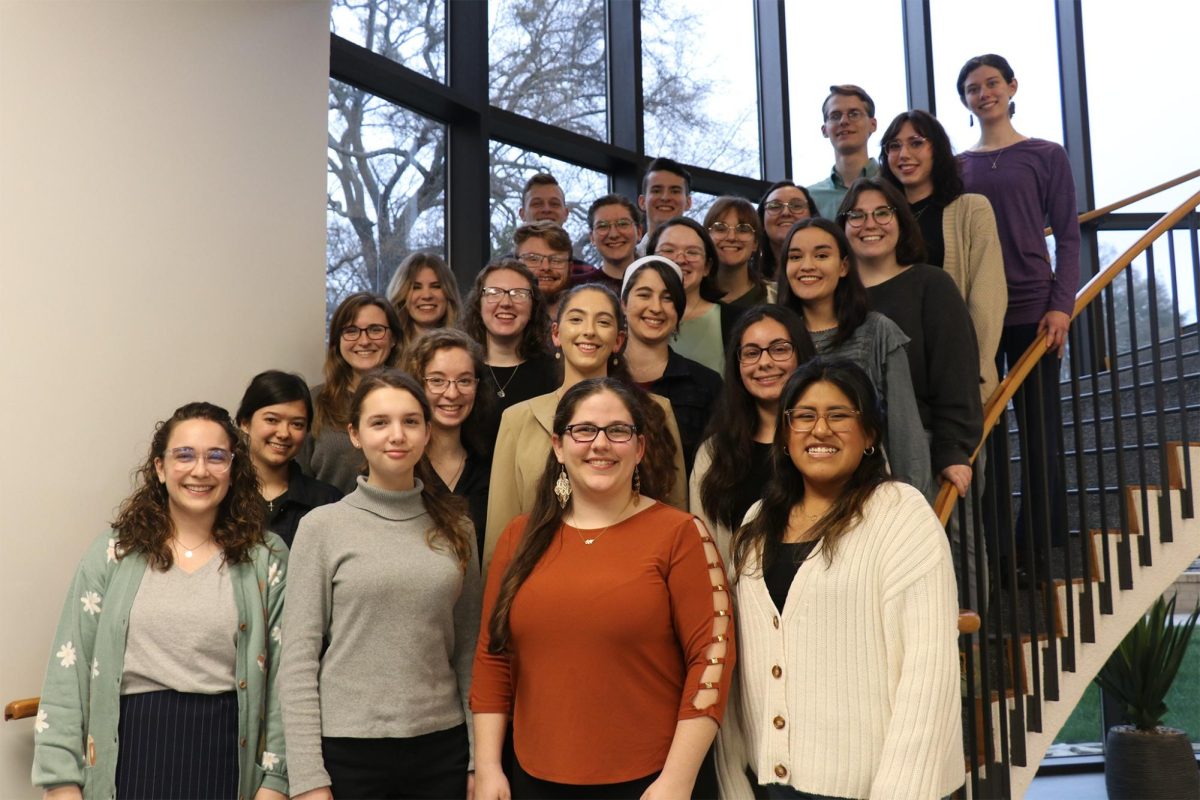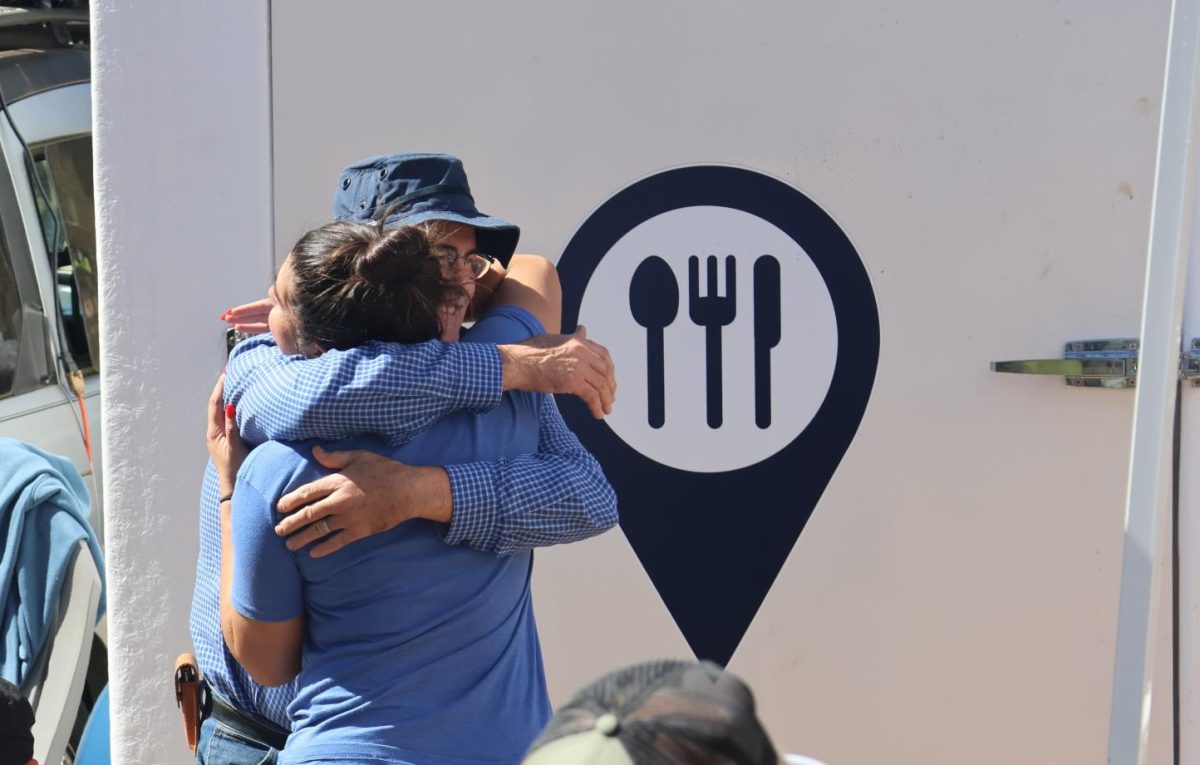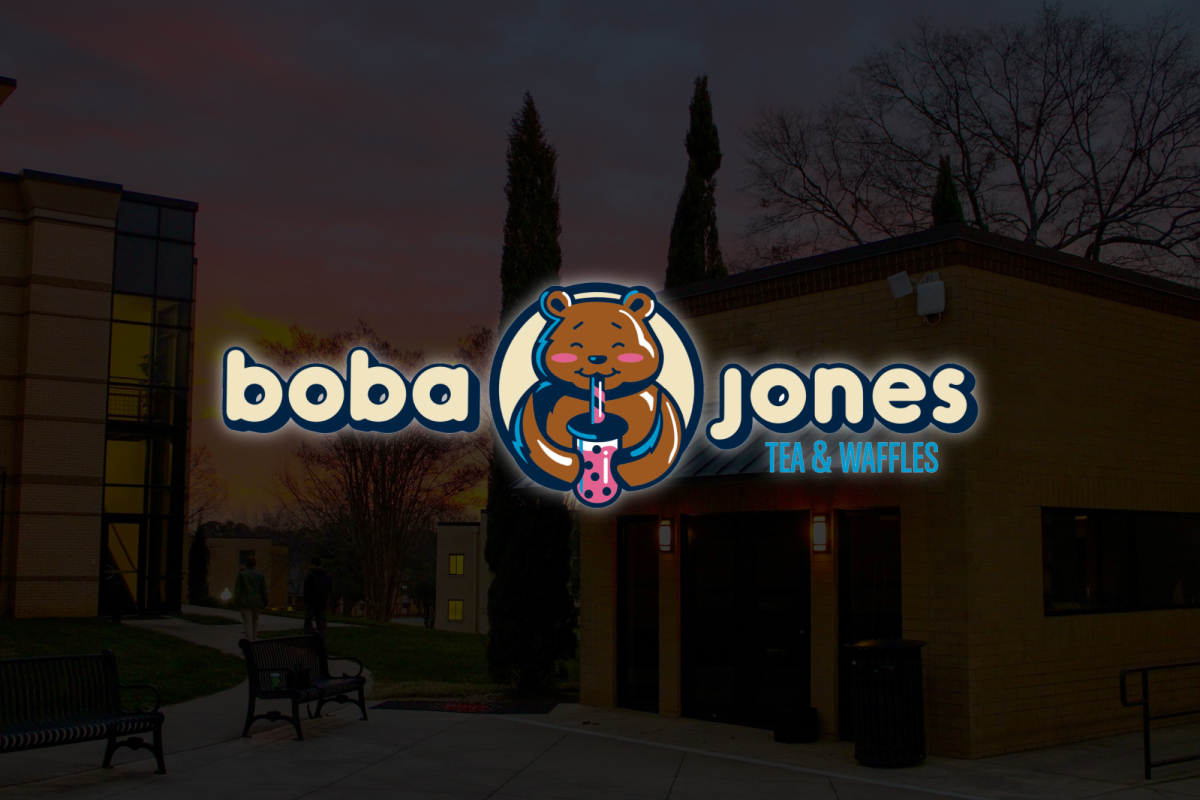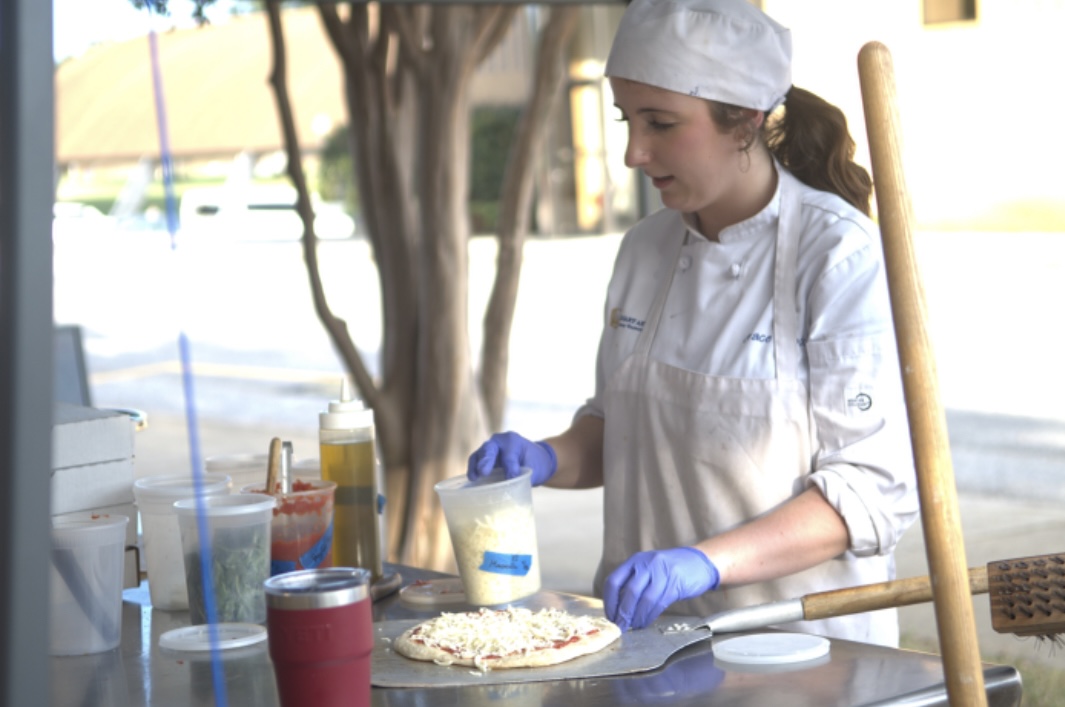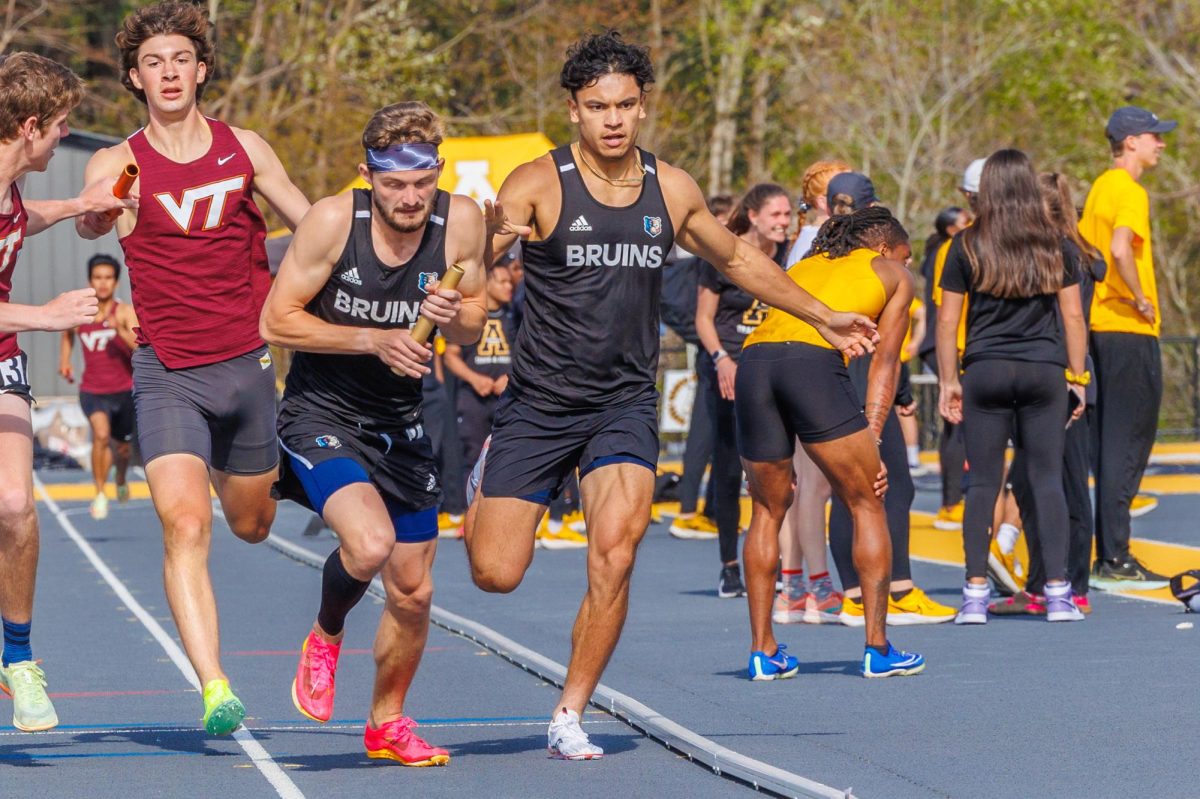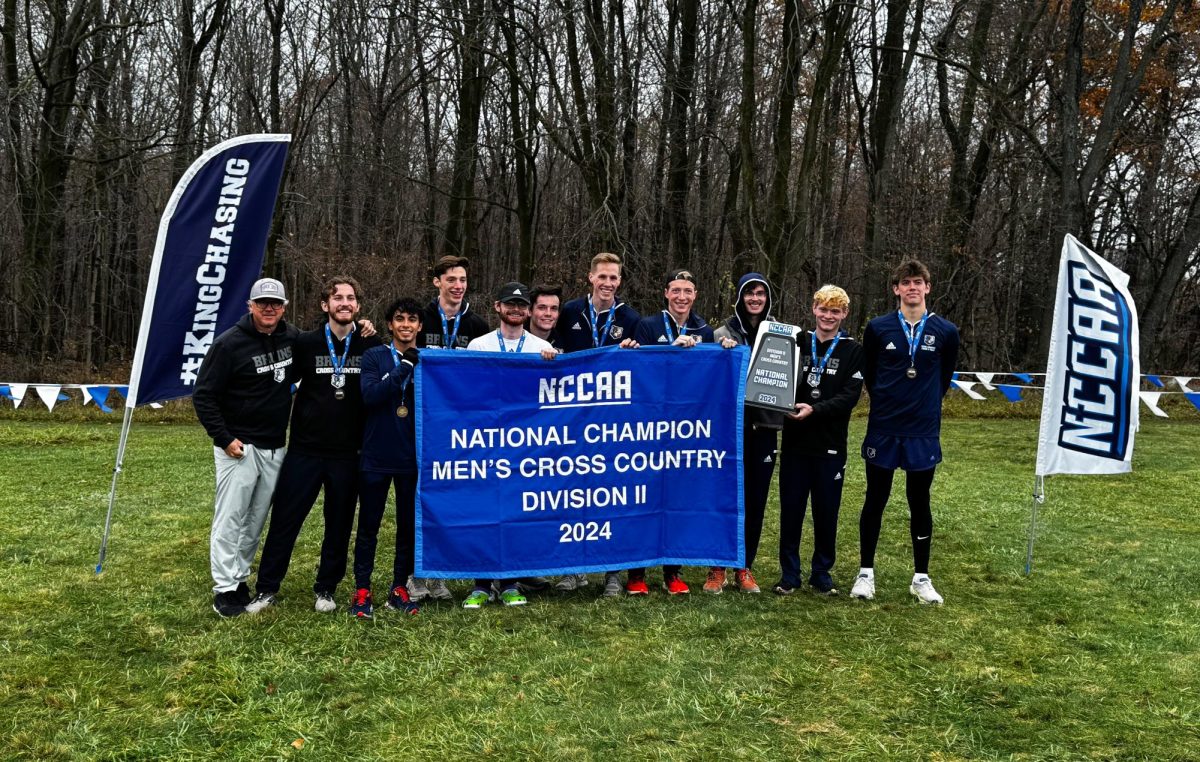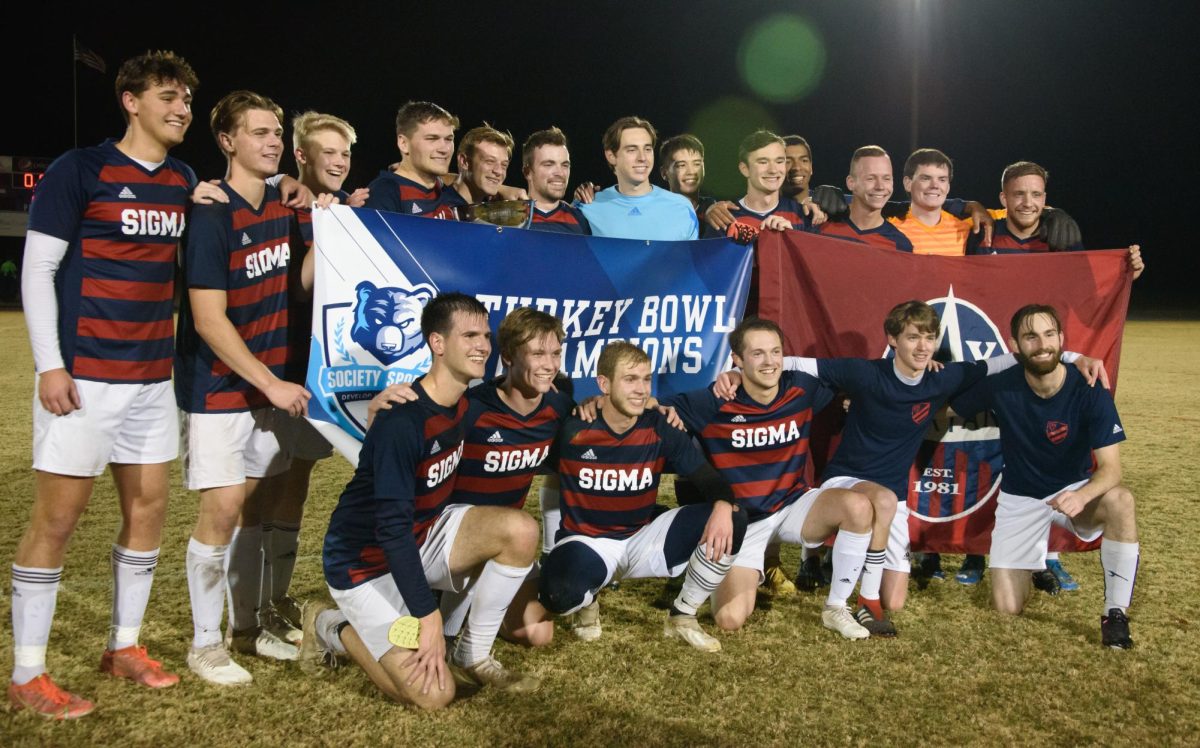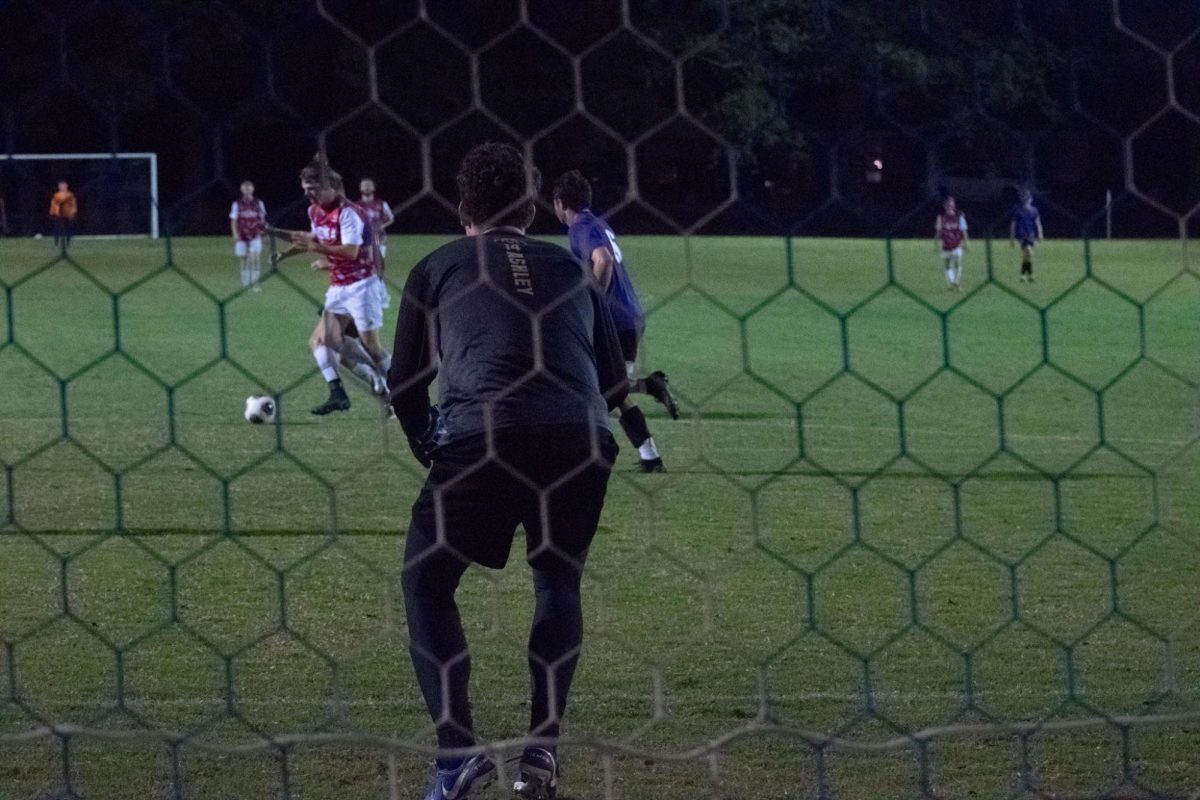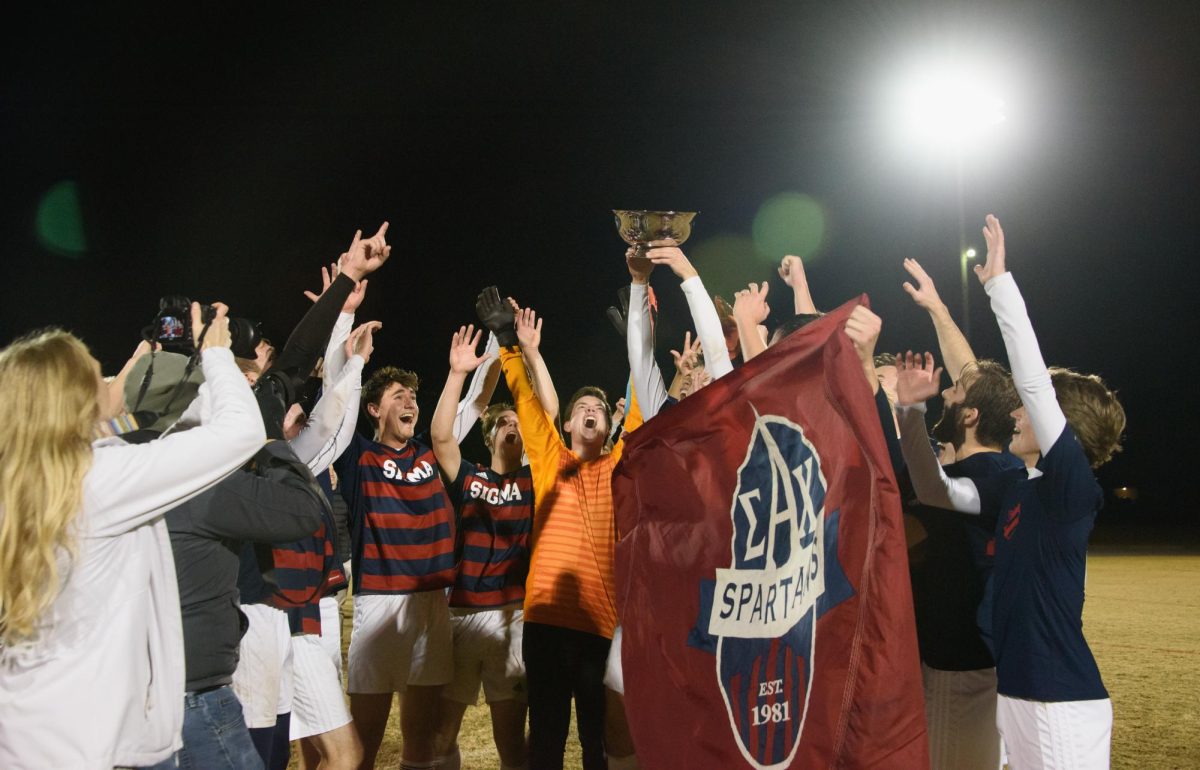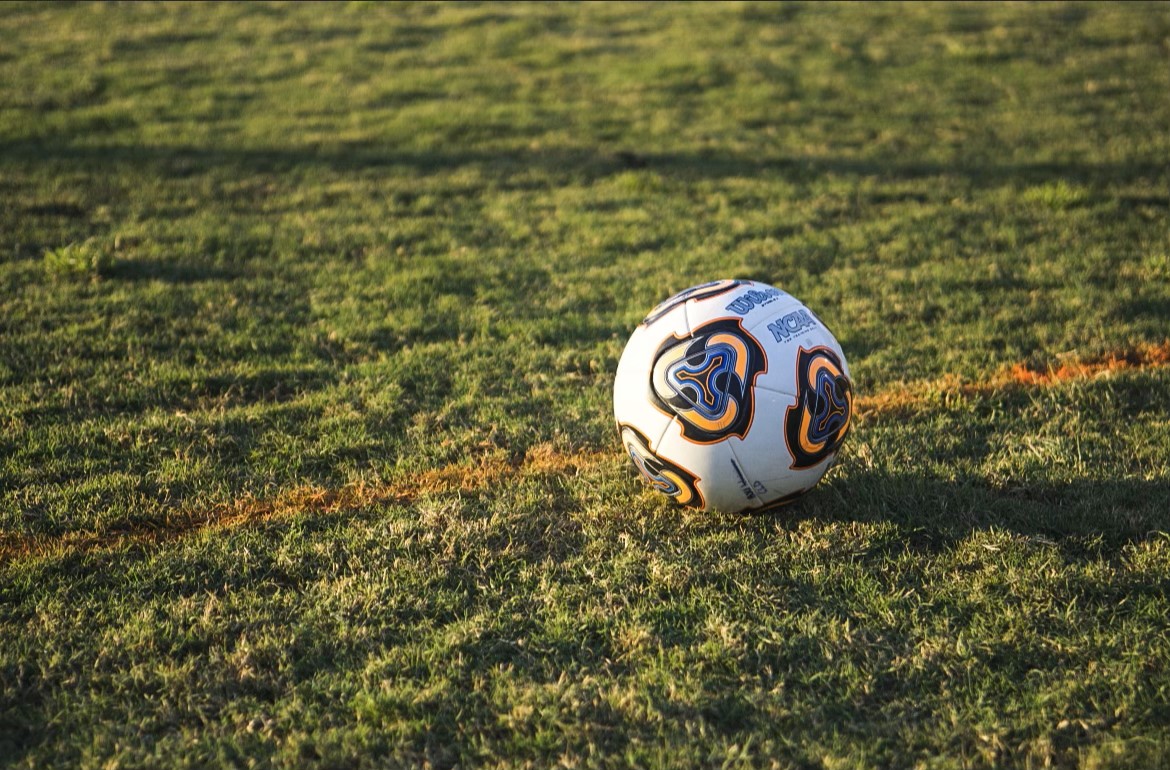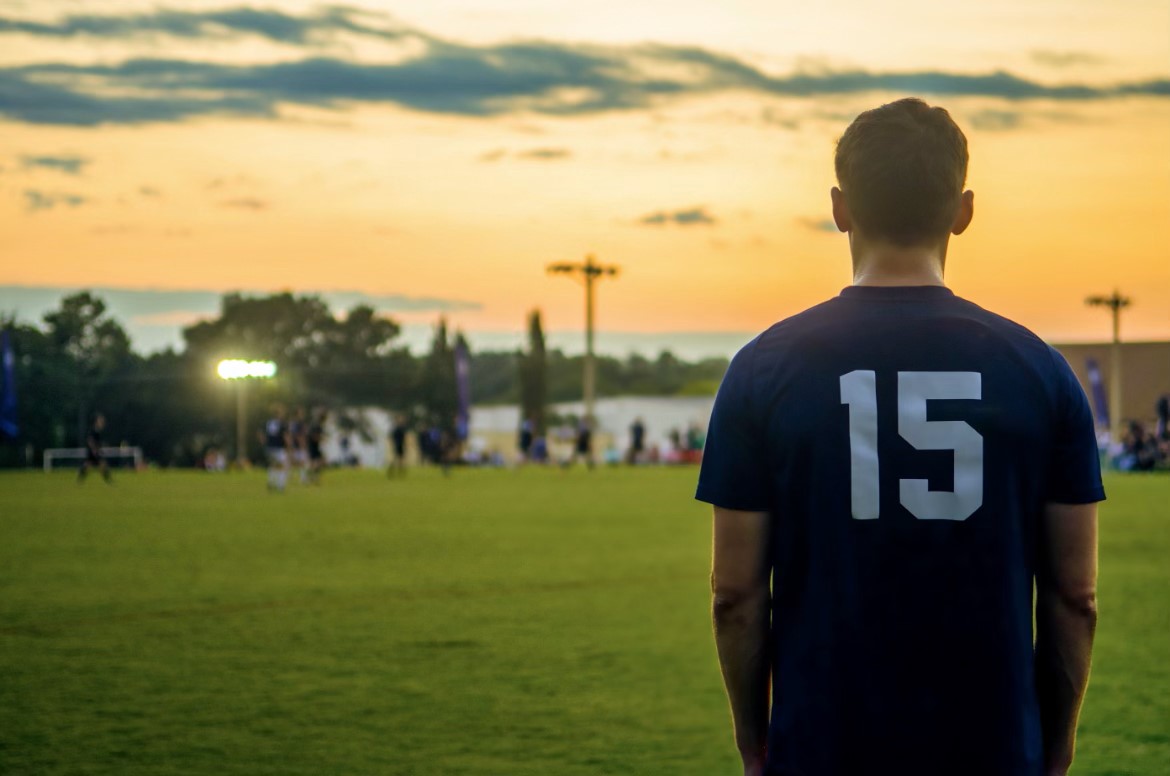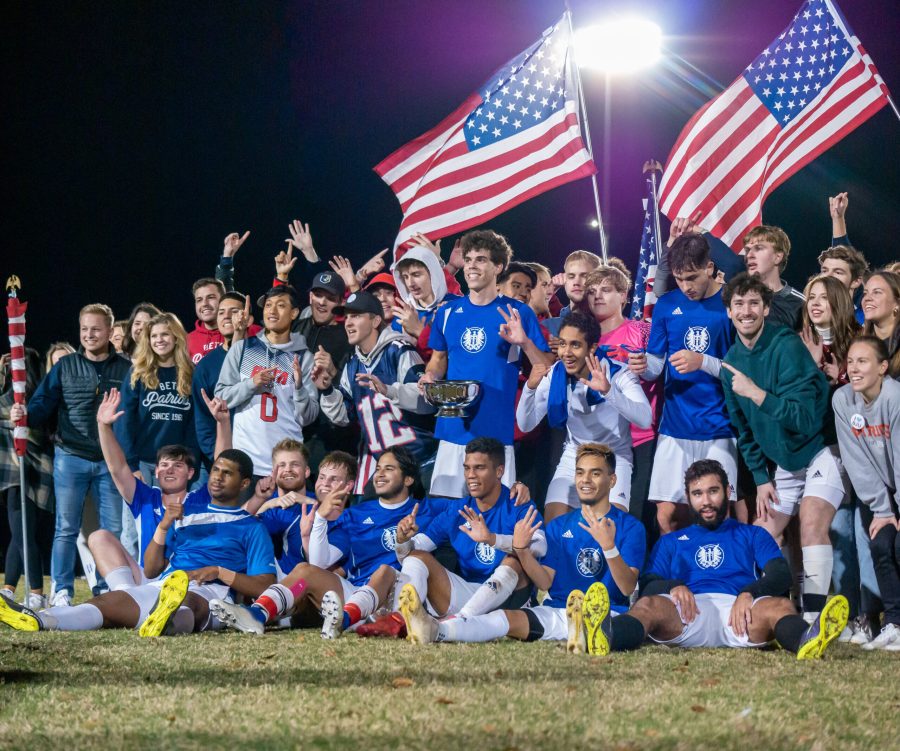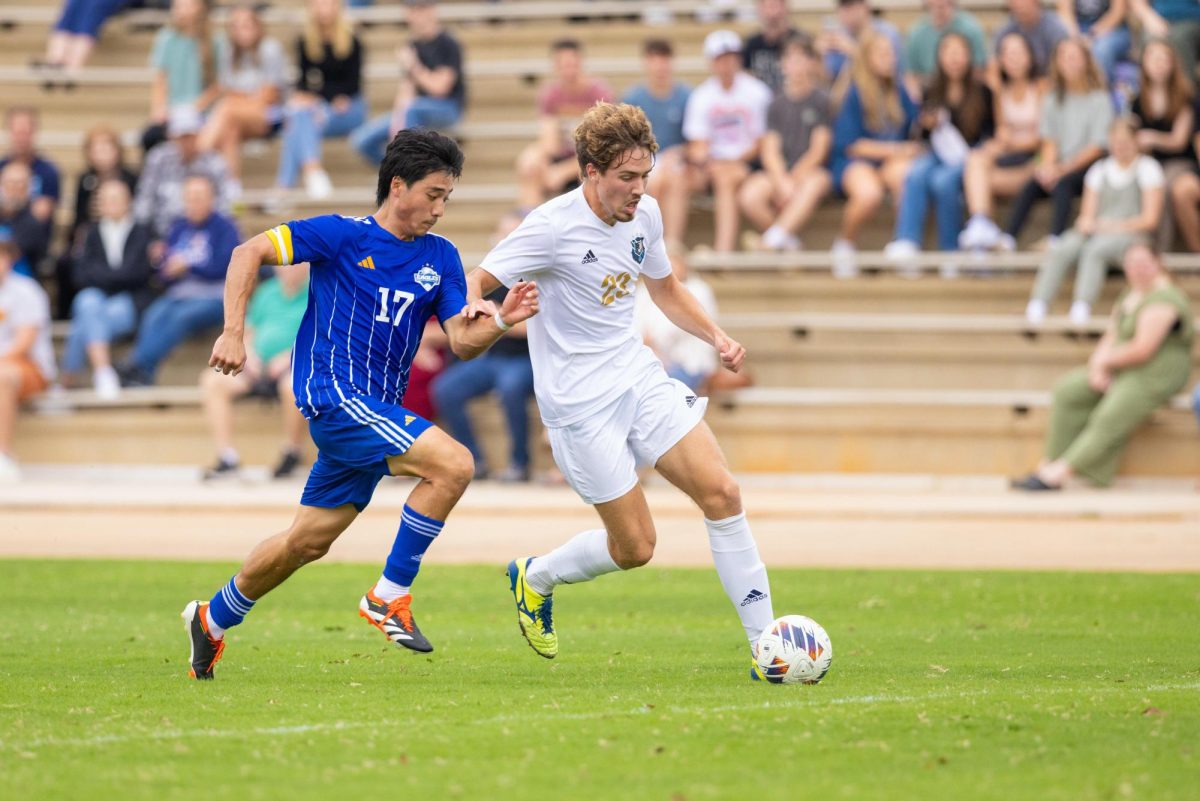The BJU robotics team will present two robots—Lazarus and Bruin 2—at the Intelligent Ground Vehicle Competition in Rochester, Michigan, from June 2 to 5.
Fleet Belknap, freshman engineering student and team member, said the robot Lazarus will navigate between white lines and barrels using GPS waypoints to navigate to an end destination.
Lazarus is a robot that the robotics team revises and renames each year in preparation for the Ground Vehicle Competition.
Belknap said Lazarus avoids obstacles by using an infrared laser system that scans the area to identify objects. The robot steers within course boundaries by using a mounted camera.
Belknap is working on Lazarus with Austin Kim, a computer science student, and fellow engineering students Maverick Cowland, Brandon Woods and Sevrin Dyer.
Bruin 2 is the second A-taxi to be produced by the robotics team. Bruin 1, a modified self-driving golf cart, was completed in 2016.
Dr. Bill Lovegrove, head of the department of engineering, said the second robot Bruin 2 is giving members of the current robot team the opportunity to build a self-driving vehicle instead of just improving on the first vehicle.
“There is a difference between an engineering company trying to make vehicles that sell and a school trying to educate students,” Lovegrove said.
“If we were trying to make the best possible vehicle, we would probably continue to make Bruin 1 better and better, but I don’t think students would learn the most if we did that.”
Lovegrove said Bruin 1 and Bruin 2 have major differences between them.
“Bruin 1 is based on a golf cart, which means its top speed is 15 mph,” Lovegrove said. “Bruin 2 is what they call a low-speed, electric vehicle; it’s a step above the golf cart.”
Lovegrove said Bruin 2 will have fewer restrictions on what roads it can operate on than its predecessor because of its faster speed. Bruin 1 must operate by golf cart rules, but Bruin 2 may drive on low speed roads.
Lovegrove said the Greenville County Economic Development Corporation partially funded both Bruin 1 and Bruin 2 in return for public demonstrations of the vehicles that will take place in the future.
Lovegrove said the GCEDC, the developer of the Swamp Rabbit Trail, is interested in developing a part of the trail that is not currently being used.
Lovegrove said the organization has funded research in the A-taxis because it has considered the future possibility of using the undeveloped trail for transportation by autonomous vehicles into downtown Greenville.
Lovegrove said although the robotics team A-taxis will never be used for public transportation, they do give valuable educational experience to students.
Building Bruin 1 gave one recent graduate the experience that landed him a job offer from the Toyota Company for a position developing autonomous vehicles.
The BJU robotics team is looking for new interested students in future years with skills in fields such as computer science and engineering.
Bruin 2 is being built and developed by robotics team members Adam Offord, David Zuehlke, Nathan Woehr, Jonathan Barrett, Nathan Tusing, Anthony Cuenca, Caleb Wiggins, Carter Shean and John Smoker.

